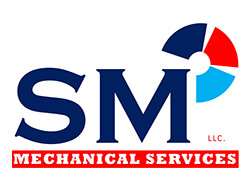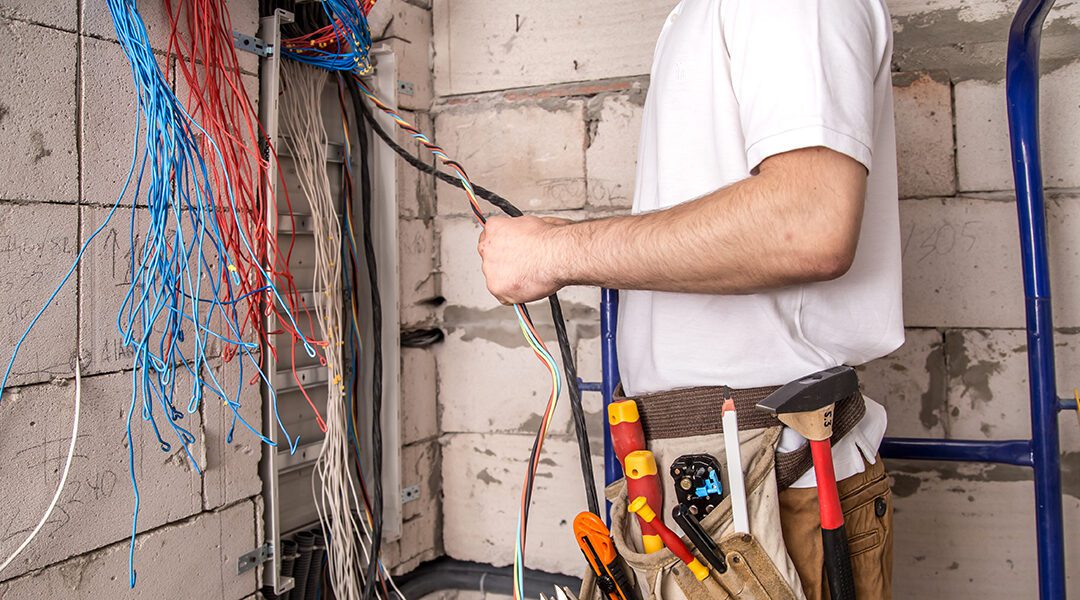Are you having problems with your HVAC system? Call 1(860) 296-5100 and let SM Mechanical Services troubleshoot your HVAC concern and fix the issue.
Your HVAC system has many different components that work in tandem to help your system function properly. If there is even a small issue with one of these parts, that can affect the entire HVAC unit. One of the most common issues is with the HVAC control board.
Read on to learn about seven signs that help you to recognize when your HVAC control board needs troubleshooting from SM Mechanical Services, Manchester’s trusted HVAC technician.
What Is an HVAC Control Board?
The HVAC control board is like the central processing unit of the HVAC system. It controls all of the individual components within the HVAC system, including the blower motor, gas valves, ignition, and flame sensor.
The two different types of control boards are:
- Gas control boards: Gas furnace control boards are typically in older HVAC systems and control the inner parts found in a gas-powered HVAC system.
- Integrated furnace control boards: This type of control board is in more modern units and serves the same function to control all of the interior parts.
You can find the HVAC control board on the air handler or on the furnace. A professional HVAC technician can help you locate the control board prior to doing any troubleshooting on the HVAC unit. Now that you know where the control board is and what it does, let’s explain the top signs that your control board is malfunctioning.
1. Illuminated Warning Lights
One of the main signs that indicate that the control board is not functioning is when the warning lights are flashing. The HVAC will show a series of blinking lights that usually show up in a pattern, such as blinking a specific number of times in a row. These blinking lights could mean that there is an issue with some components of the control board or that there isn’t enough voltage.
You can read your HVAC system’s manual for more information or call an HVAC repair technician to diagnose and fix the issue.
2. Immobilized Switches on the HVAC Control Board
The control panel has switches that help the system operate efficiently, but they can get stuck if the voltage is off. Typically the switches can become stuck if there is too much or too little voltage. Insufficient voltage affects the relay’s contacts and keeps them open, while overvoltage creates overheating. Too much voltage and overheating can wear out the switches, which would require a replacement.
Another reason the switches can become stuck is a damaged pressure switch valve or an imbalance in electrical currents. If your switches are stuck and won’t move, call a furnace repair company for service.
3. Faulty Soldering Connections
Another problem that can affect your HVAC control board is faulty soldering connections. The soldering connection between the plugs and their stems can crack over time. This weakens the connection to the metal circuit, and the HVAC unit cannot operate properly.
A faulty soldering connection can impact the HVAC control board because the entire circuit stops working effectively.
4. Interrupted Sequencing
An HVAC unit is a complex system, but it runs in a very specific order. There is a consistent sequence of events, and if one of these events is out of order, the entire system may not work.
If one component typically starts before all of the other parts but hasn’t been doing so regularly, this may mean you have an issue with your control board. You can get a diagnosis for this type of control board issue and timely repairs with the help of an experienced and qualified technician.
5. Temperature Regulation Issues
An obvious sign that there is an issue with your HVAC system is if the temperature in the home is fluctuating. When the HVAC system is having difficulty maintaining the temperature inside, it could be due to a number of reasons, such as a thermostat malfunction. However, one of the most common reasons is that there is a control board issue.
The control board may not be sending the correct signals to the relevant parts of the HVAC unit. This affects the HVAC system’s ability to regulate the indoor temperature properly.
6. Thermal Expansion in the Control Board
Thermal expansion occurs when there isn’t a good soldering connection between your HVAC control board’s plugs and metal circuit board. The soldering expands, which can occur slowly over time and happens when the joints begin to get warm. The shape of the connection changes when expansion occurs and creates spaces, causing a faulty connection and a broken AC or furnace.
This problem is a relatively simple fix, and a professional HVAC technician can complete this repair quickly.
7. Transistors Stop Working
The HVAC system’s transistors are the primary source of sending power throughout the unit. When the HVAC system first turns on, the transistor starts up first. However, this also puts them at the most risk for defects. They can malfunction if there is too much energy and heat surging through the unit when it is first turned on.
If the transistors stop working, the control board can slow down or malfunction entirely.
Whether you have an older gas-run HVAC unit or a newer, high-efficiency HVAC system, your HVAC system uses a control board as its main source of controlling the entire HVAC system. Sometimes the issues that occur can take place slowly over time. At other times, they occur quickly and need immediate repairs.
Give SM Mechanical Services a Call Today for HVAC Maintenance
We’ve highlighted seven reasons that your HVAC control board may need troubleshooting. If you notice these problems, set up regular maintenance with our experienced HVAC team. At SM Mechanical Services, we provide the best services for all of your control board concerns. We are proud to be a leading HVAC company delivering unmatched services to our valued customers.
Find out more about our HVAC services and learn about high-efficiency HVAC systems by calling SM Mechanical Services at 1(860) 296-5100 today!

